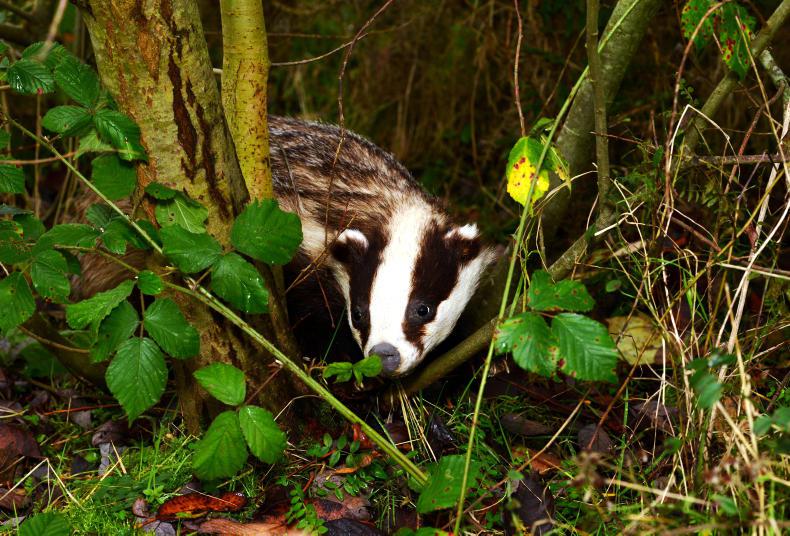New results from a research study carried out in Co Down has found that 71% of badgers enter fields that are occupied by cattle.
The study, which has been published in the scientific journal Ecology and Evolution, used GPS collars to track the movement of badgers.
As part of the research, local farmers also submitted records, stating exactly where their cattle were throughout the grazing season.
The study found that badgers entered fields that were occupied by cattle on 20% of the days that livestock were grazing.
The research paper states that badgers and cattle sharing the same space “does provide an opportunity” for TB spread between the two species.
This is mainly through “indirect contact” between badgers and cattle, as the bacteria that causes TB can survive in the environment “for up to several months”.
The example is given of an infected badger excreting TB bacteria through its urine and cattle later disturbing soil heaps which contain the bacteria.
Despite finding that most badgers forage in the same fields as cattle, the researchers state that badgers still tend to avoid “close proximity” to livestock. It means direct contact is not likely to be a key transmission route between the two species.
The new results also show that individual badgers visited up to nine different farms, with the average badger in the study entering three different farms.
The paper states that badgers visiting multiple farms “increases the potential” for a TB-infected badger to spread the bacteria which causes the disease. Unsurprisingly, the study found that the presence of a badger sett in a field increased the likelihood of tracked badgers being found in the field.
The findings were part of the five-year Test and Vaccinate or Remove (TVR) project which occurred in a 100km² area around Banbridge.
The newly published research paper was authored by scientists from Queen’s University Belfast, the Agri Food and Biosciences Institute and DAERA.
The badgers in the study which were given GPS collars had tested negative for TB, although the researchers state that this may have led to an underestimate in the roaming behaviour of badgers.
The scientists point to previous research which found that badgers with “very advanced” TB infections are more likely to roam further and forage closer to farmyards than non-infected badgers.









SHARING OPTIONS